#caryophyllaceae
Explore tagged Tumblr posts
Text








✽ Tiny and pretty spring flowers ✾
#id in alt text#wonder of the spring#flower#flowers#spring flowers#chickweed#caryophyllaceae#spring#wild flower#wild plants#viola#violaceae#purple flowers#white flowers#nature#wildlife#photographers on tumblr#my photography#original photographers#art#lensblr#photography#flower photography#wildlife photography#macro photography#nature photography#flowerblr#march 10 2025#noai#no to generative ai
23 notes
·
View notes
Text

Fire Pink
Silene virginica
A perennial catchfly native to central and eastern North America. The bright, fiery red flowers attract ruby-throated hummingbirds to pollinate them, and sticky sepals and stems on the plant act as a trap for small insects trying to climb up it, hence the name "catchfly" for plants in this genus. It prefers somewhat dry soils and part-sun, so it can be found on rocky slopes in open woodlands, savannas, and other similar habitats.
I found this fire pink growing in open, rocky woods near blackjack oaks and other drought-tolerant species.
April 18th, 2024
St. Francois County, Missouri, USA
Olivia R. Myers
@oliviarosaline
#botany#silene#Silene virginica#catchfly#catchflies#Caryophyllaceae#plants#flower photography#plant photography#nature photography#the ozarks#Missouri#nature#wildflowers#woods#forest#naturecore#ozarks#flowers#red flowers#forestcore#naturalist#hummingbird flowers#native plants#native flowers#fairycore#spring#summer#hiking missouri#red
56 notes
·
View notes
Photo

Deptford Pink Dianthus armeria Caryophyllaceae
Photograph taken on September 23, 2022, at Marmora and Lake, Ontario, Canada.
#wildflowers of southern ontario#Deptford Pink#pink#Dianthus armeria#Dianthus#Caryophyllaceae#Marmora and Lake#Marmora#Ontario#Canada#wildflowers#wildflower#flowers#flora
94 notes
·
View notes
Text




Centocchio comune (Stellaria media (L.) Vill., Caryophyllaceae)
48 notes
·
View notes
Text

Cherleria obtusiloba / Alpine Sandwort on the Echo Lake Trail on Mount Blue Sky in Evergreen, CO
#Cherleria obtusiloba#Cherleria#caryophyllaceae#Alpine Sandwort#Twinflower#Stitchwort#Native plants#Native flowers#Alpine plants#alpine flowers#Plants#Flowers#Nature photography#photography#photographers on tumblr#Echo lake trail#Echo lake#Mount Blue Sky#evergreen#Evergreen CO#evergreen colorado#Colorado#🌺🌻
21 notes
·
View notes
Text



Yellow nailwort (Paronychia virginica).
10 notes
·
View notes
Text
Red campion (Silene dioica) wildflower photo I took 12/05/2024, Wakefield, West Yorkshire, UK

#nature#nature photography#british nature#wild#red campion#silene#campion#pink family#pink floral#pink flowers#pink#caryophyllaceae#pink plants#wildflora#wildflower photography#wildflower#wildflowers#wild flowers#flower#flowers#flora#flower photography#botanical#botany#wild plant#plant#plants#plant photography#wild plants#blooms
7 notes
·
View notes
Text
#2659 - Scleranthus uniflorus

Another plant from the Tasman moraine - related to the carnations, surprisingly. The binomial means 'single-flowered hard-flower'.
A mound-forming groundcover, growing to a few centimeters high. It's found in eastern Australia and Aotearoa, but I don't have much information on it. At least one form grows in alpine areas, although the bulk of the records on iNaturalist are at lower elevations on the Canterbury Plains and Central Otago. It would appear the alpine form is less compacted. It prefers well drained sandy soils in full sun to partial shade.
Aoraki / Mount Cook, Aotearoa New Zealand
#Caryophyllaceae#Scleranthus#new zealand plant#alpine plant#cushion plant#aoraki#mount cook#tasman glacier
2 notes
·
View notes
Text
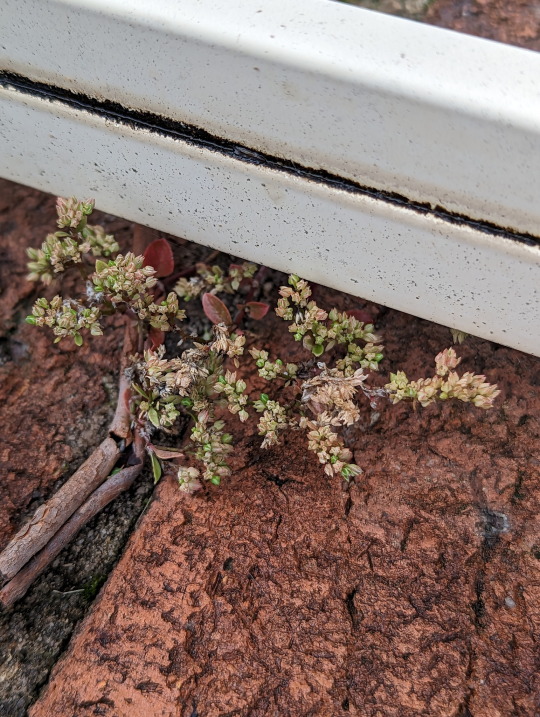
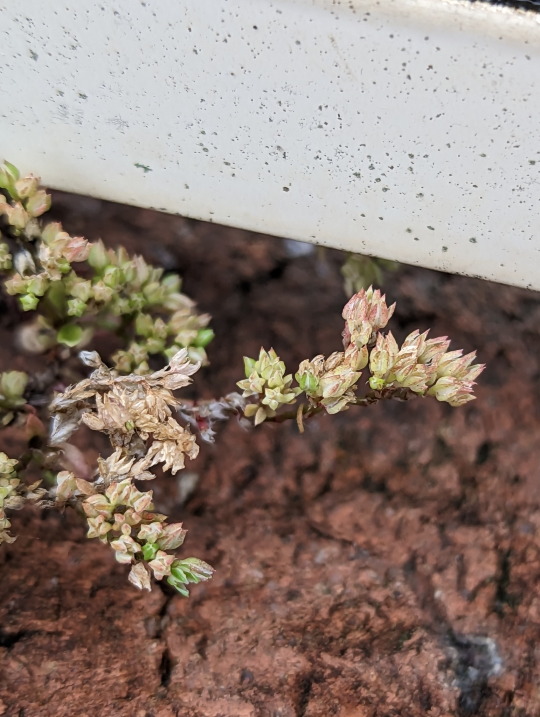



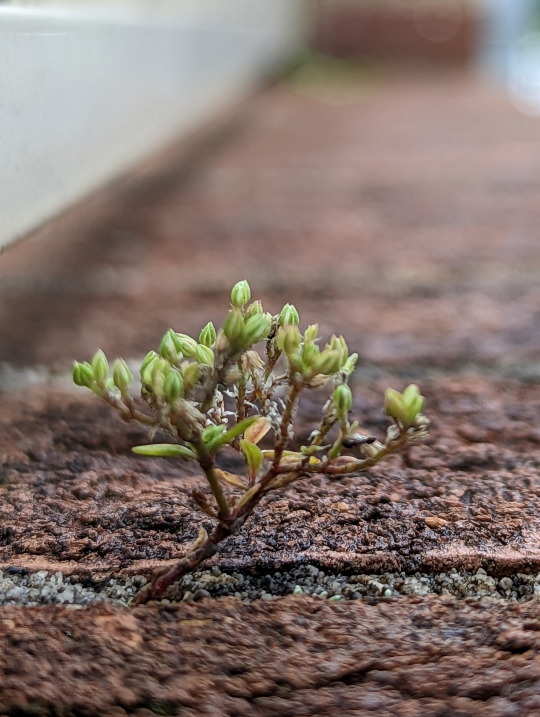
Polycarpon Plants
Polycarpon tetraphyllum
22/03/23 - NSW
#Caryophyllaceae#Caryophyllales#Magnoliopsida#dicots#Angiospermae#Flowering Plants#angiosperms#Tracheophyta#Vascular Plants#Plantae#plants#Polycarpon tetraphyllum
12 notes
·
View notes
Text
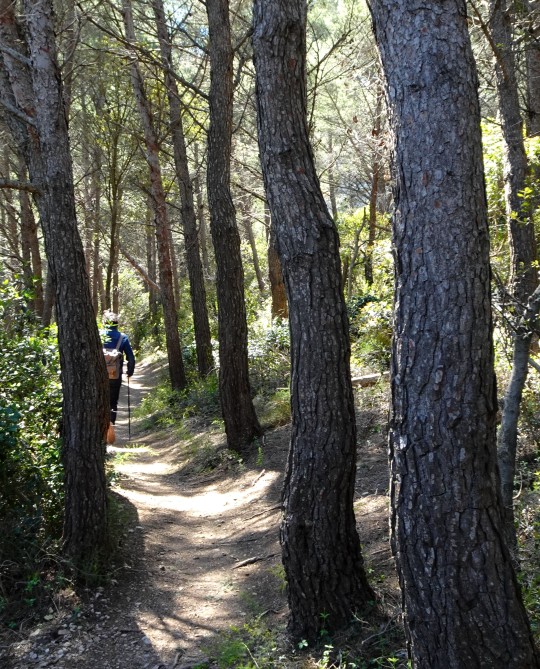


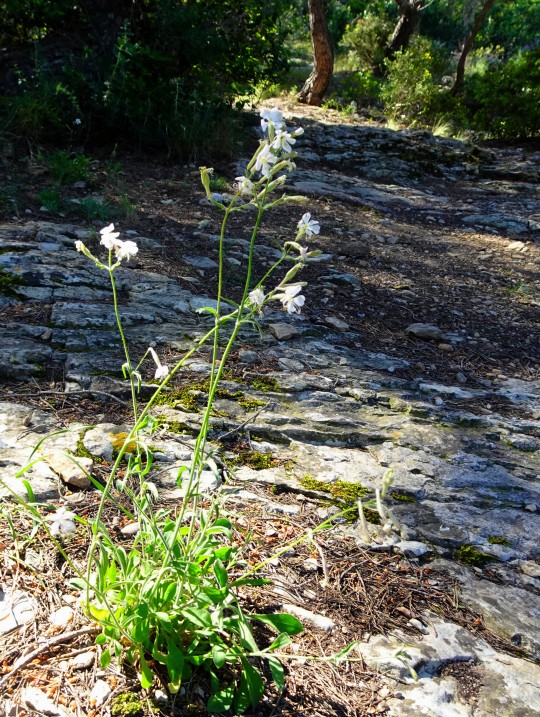
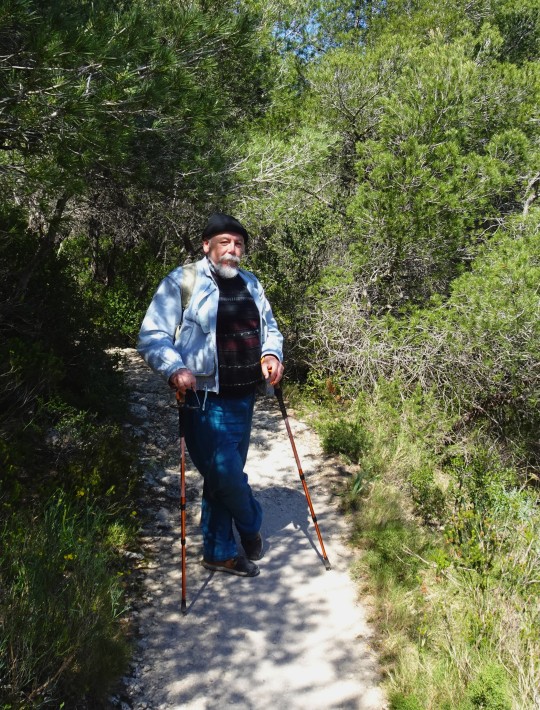

Marseille. Deuxième balade avec Christine (et Luna !) dans le massif de Marseilleveyre (Parc National des Calanques) : eh oui, mes genoux me laissent tranquille !
Le but de cette balade : le Pas de la Selle. Ici, à mi-course, dans la pinède de l'ubac, le chemin est sablonneux et couvert d'aiguilles de pin, ce qui donne presque l'impression de marcher sur une moquette.
Le mistral est glacial !
Côté botanique, la liane est une Salsepareille mais j'ignore le nom de l'autre fleur, une caryophyllacée...
Après recherche, ce serait un Silene italica.
#marseille#marseilleveyre#parc national des calanques#massif de marseilleveyre#pinède#pas de la selle#luna#christine#moustache#mistral#botanique#salsepareille#caryophyllaceae#caryophyllacées#silène#silene italica
3 notes
·
View notes
Link
Autor: Olga Guedes
0 notes
Text





Backnejlika (Dianthus deltoides)
Familj: Caryophyllaceae, nejlikväxter
Backnejlika är en flerårig, lågväxt ört som växer i lösa tuvor och blir 10–30 cm hög. Stjälken är uppstigande, trind och finhårig. Rosettbladen är 1–3 cm, långsmala och jämnbreda. Stjälkbladen är linjära, motsatta och 1–3 cm långa. Knoppen som är omgiven av hylsblad är långsmal och spetsig. Fruktställningen består av ljusbruna kapslar i ett glest knippe i stjälkens topp.
Backnejlikans grågröna, lite lösa tuvor med flera stjälkar kommer tidigt på säsongen. Blommorna uppträder enstaka, med deltaformade violettröda kronblad med vita prickar samt är grunt tandade i kronbladens spets (Artdatabanken 2024).
0 notes
Text
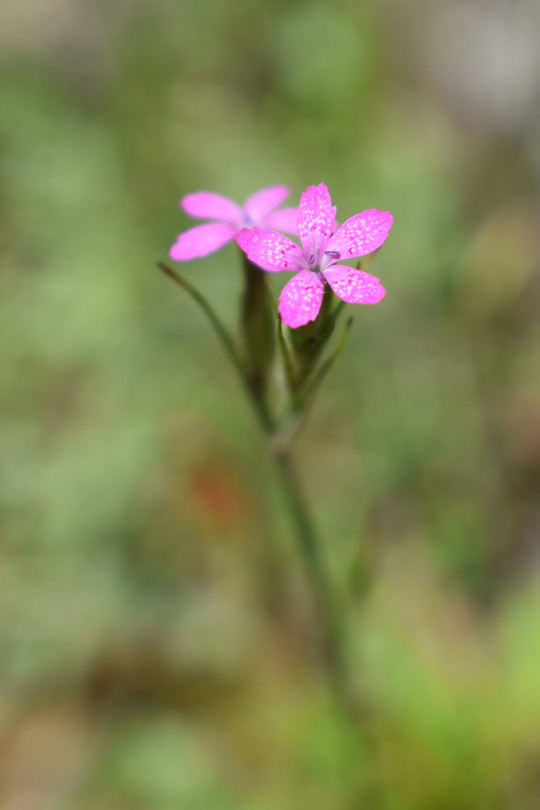
Deptford Pink Dianthus armeria Caryophyllaceae
Photograph taken on July 21, 2023, at Mono Cliffs Provincial Park, Mono, Ontario, Canada.
#wildflowers of southern ontario#pink#Deptford Pink#Dianthus armeria#Dianthus#Caryophyllaceae#Mono#Mono Cliffs#Mono Cliffs Provincial Park#provincial park#Ontario#Canada#flora#wildflowers#flowers#wildflower
9 notes
·
View notes
Text
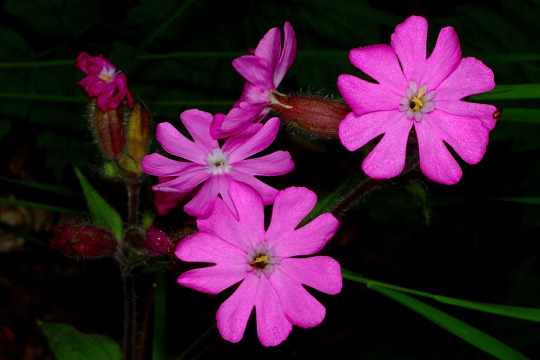
S – Silene dioica (L.) Clairv. – Silene dioica (Caryophyllaceae)
29 notes
·
View notes
Text

Silene ovata / Blue Ridge Catchfly at the Sarah P. Duke Gardens at Duke University in Durham, NC
#Silene ovata#Silene#caryophyllaceae#Blue Ridge Catchfly#Ovate Catchfly#Ovate leaved Catchfly#Catchfly#Native plants#Native flowers#Wildflowers#Plants#Flowers#Nature photography#photography#photographers on tumblr#Sarah P. Duke Gardens#Duke Gardens#Duke University#Durham#Durham NC#north carolina#🌺🌻
6 notes
·
View notes
Text
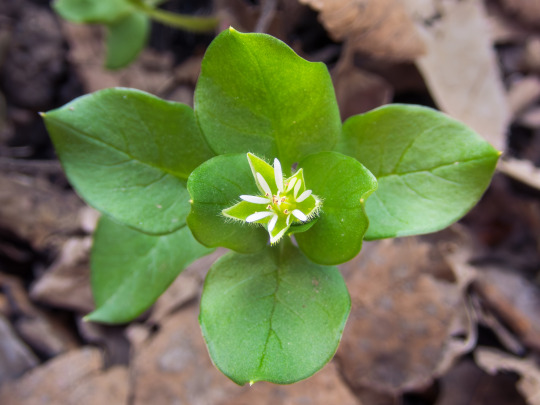
Scientific Name: Stellaria media Common Name(s): Common chickweed Family: Caryophyllaceae (pink, carnation) Life Cycle: Annual or short-lived perennial Leaf Retention: N/A Habit: Forb USDA L48 Native Status: Introduced Location: Plano, Texas Season(s): Winter
#Stellaria media#common chickweed#chickweed#Caryophyllaceae#annual#forb#introduced#Plano#Texas#winter#flower#white#plantblr
1 note
·
View note